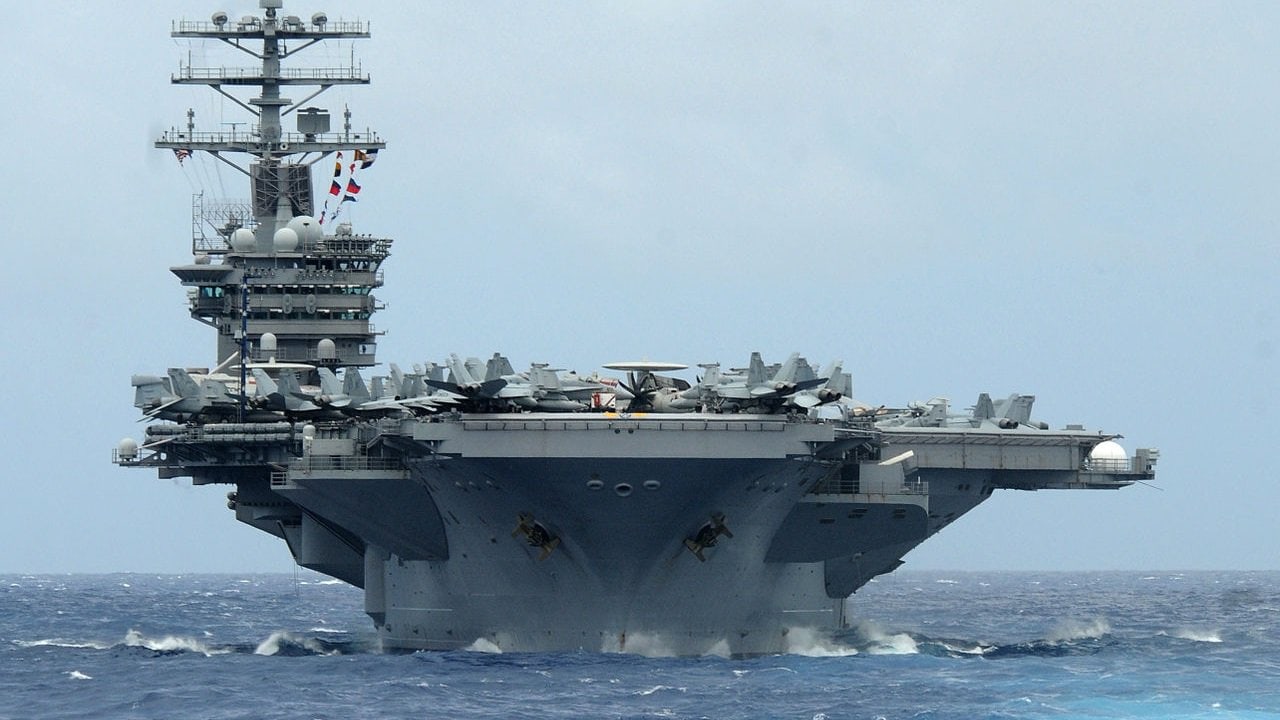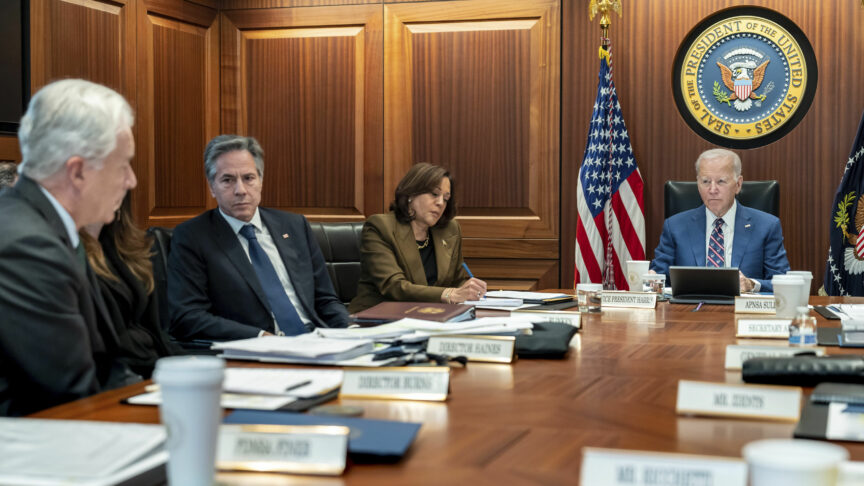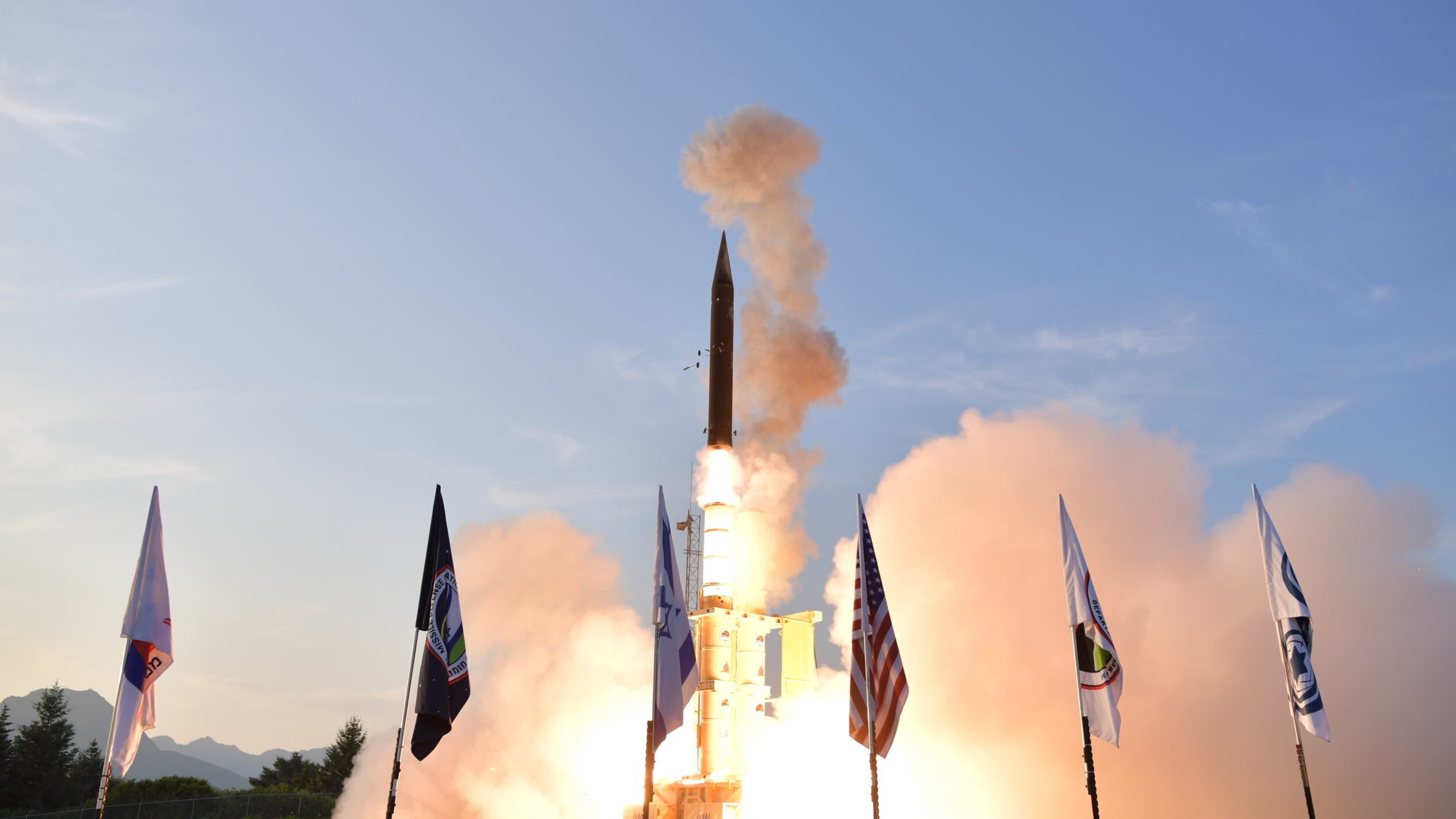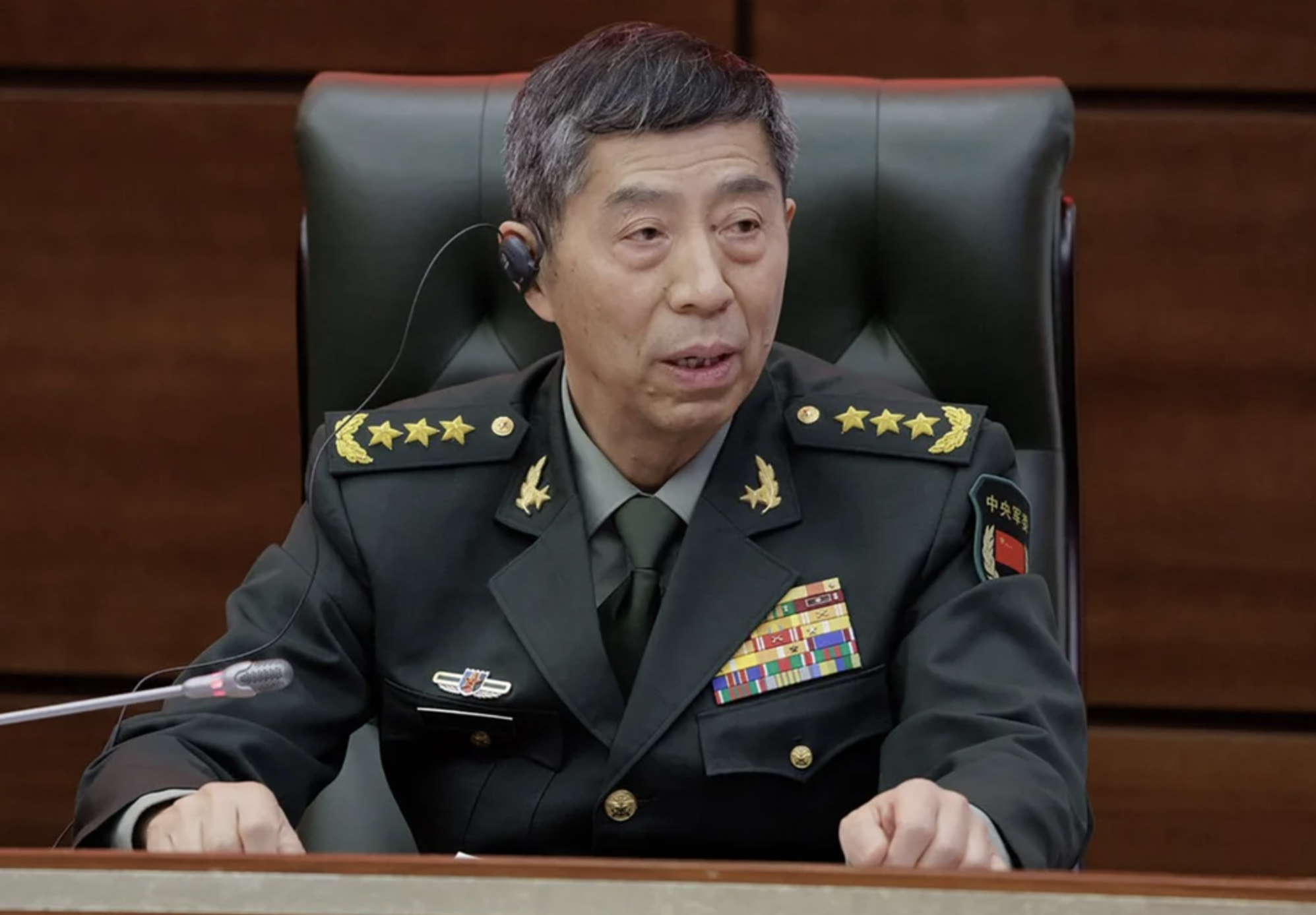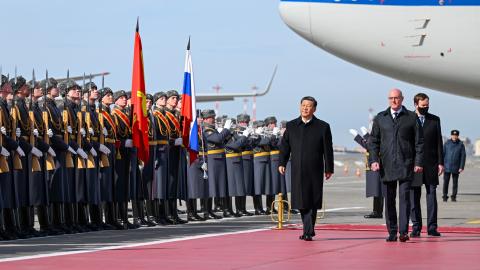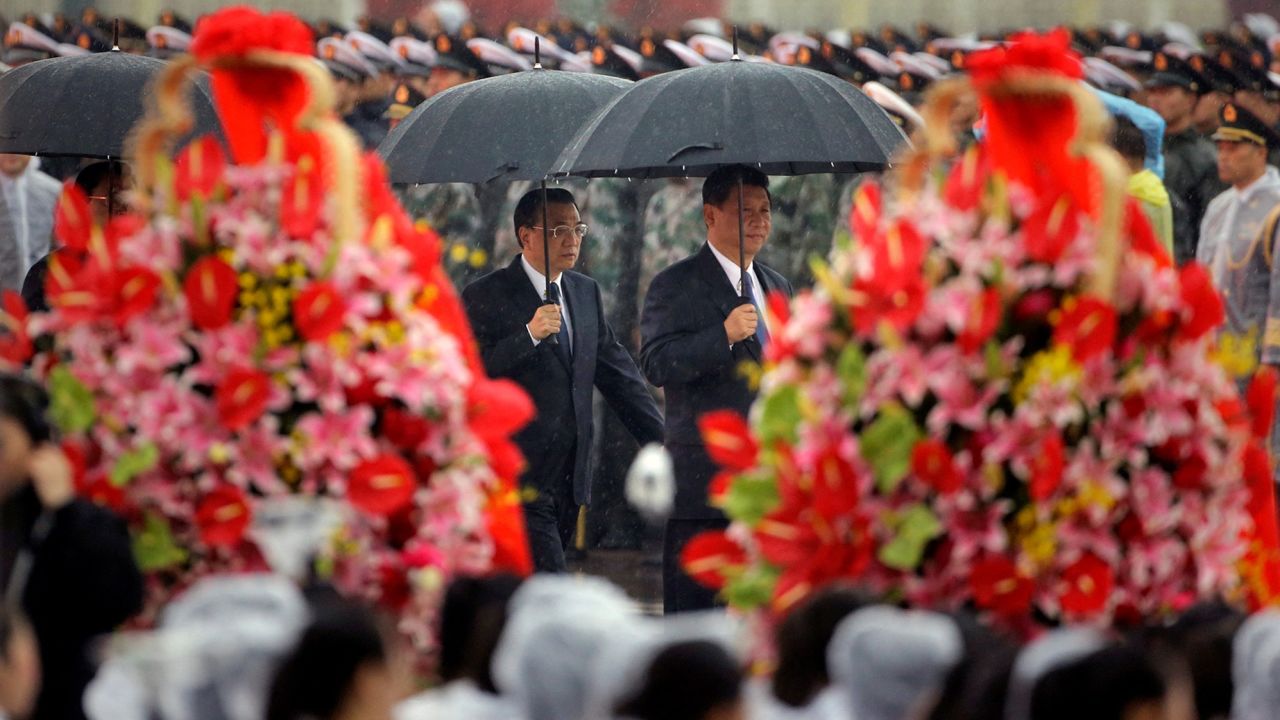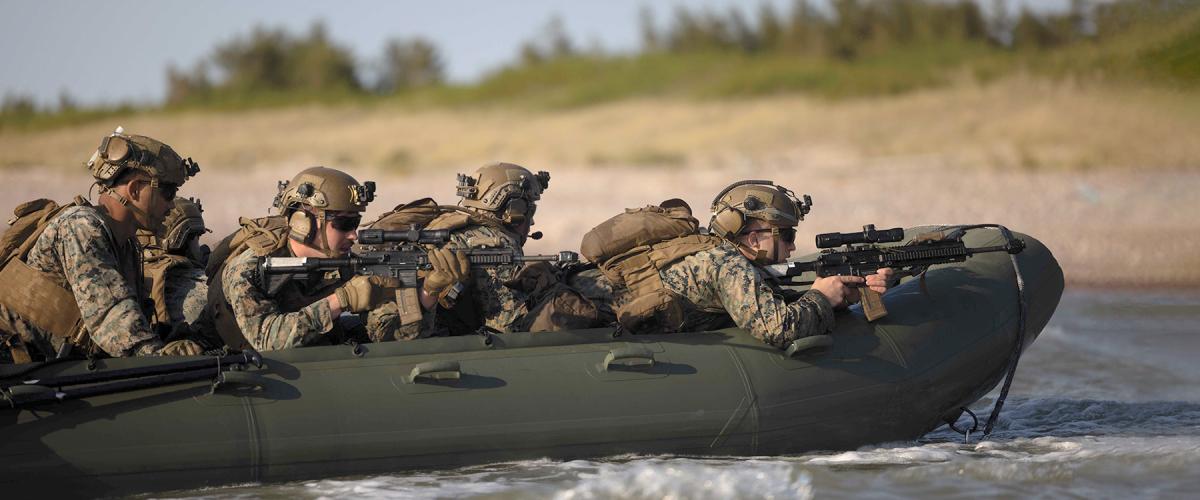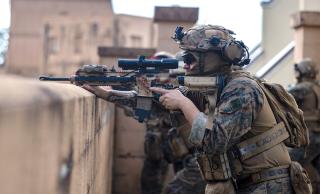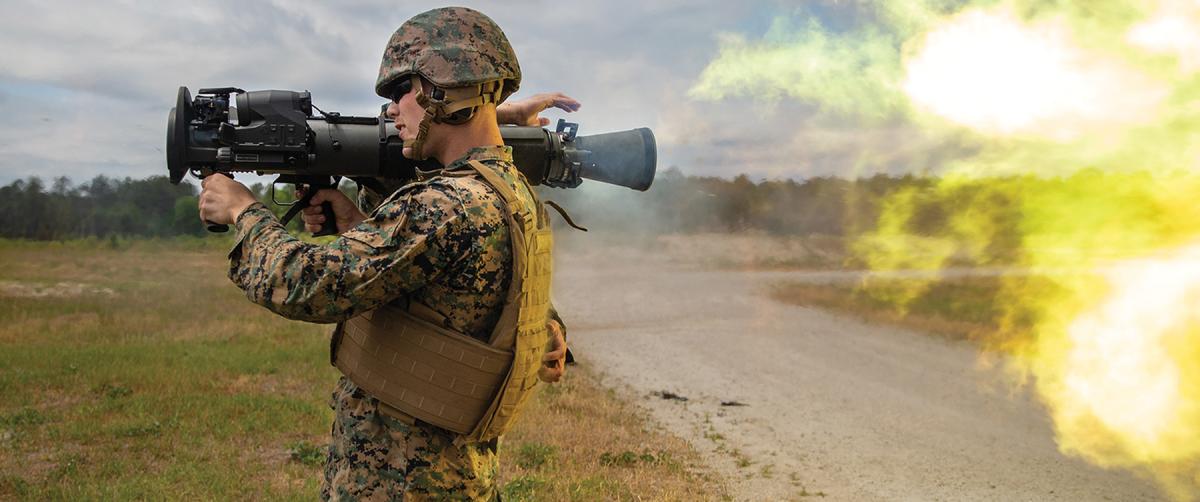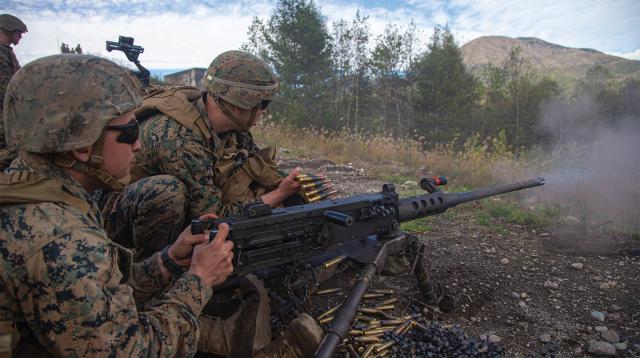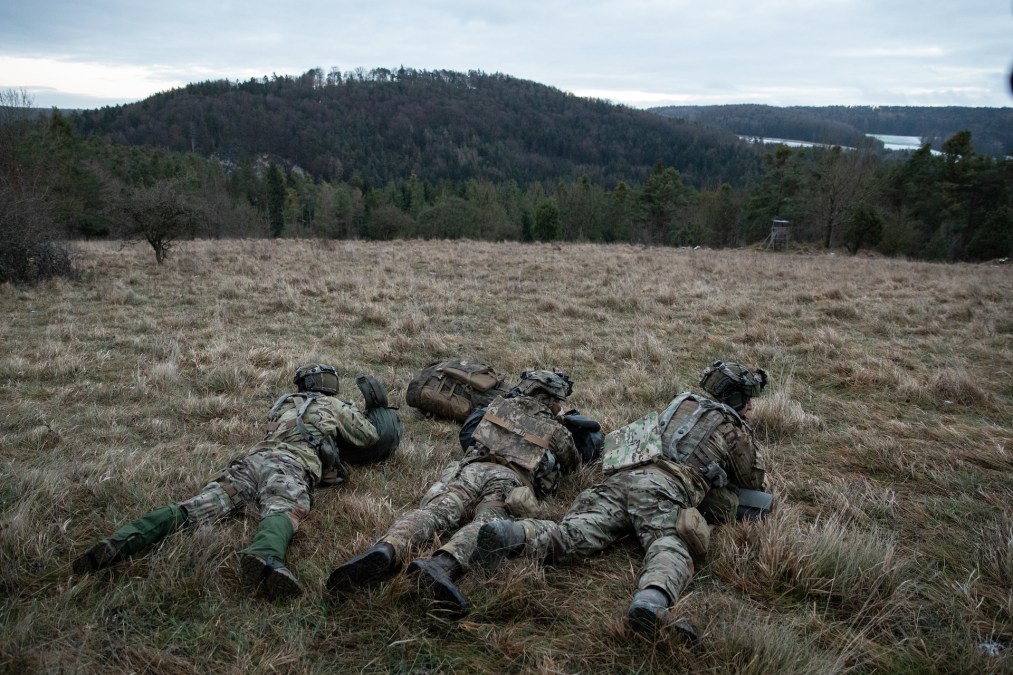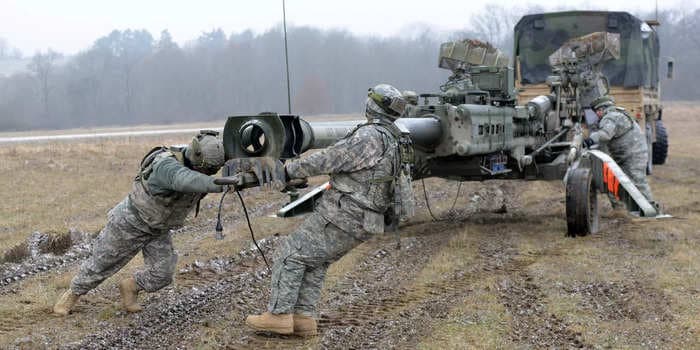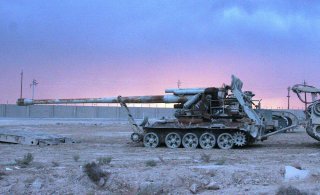Eric Schmitt

American commandos on the ground in Israel are helping locate the more than 200 hostages seized during Hamas’s surprise cross-border attacks on Oct. 7, the Pentagon’s top special operations policy official said on Tuesday.
“We’re actively helping the Israelis to do a number of things,” Christopher P. Maier, an assistant secretary of defense, told a special operations conference in Washington. He said that a main task was to help Israel “identify hostages, including American hostages. It’s really our responsibility to do so.”
Mr. Maier declined to say how many U.S. Special Operations forces were currently in Israel. But other U.S. officials say the Defense Department has dispatched several dozen commandos in recent weeks, in addition to a small team that was in Israel on Oct. 7 conducting previously scheduled training.
The officials, who spoke on condition of anonymity to discuss operational matters, said the commandos would join F.B.I., State Department and other U.S. government hostage-recovery specialists in their discussions with Israeli counterparts.
